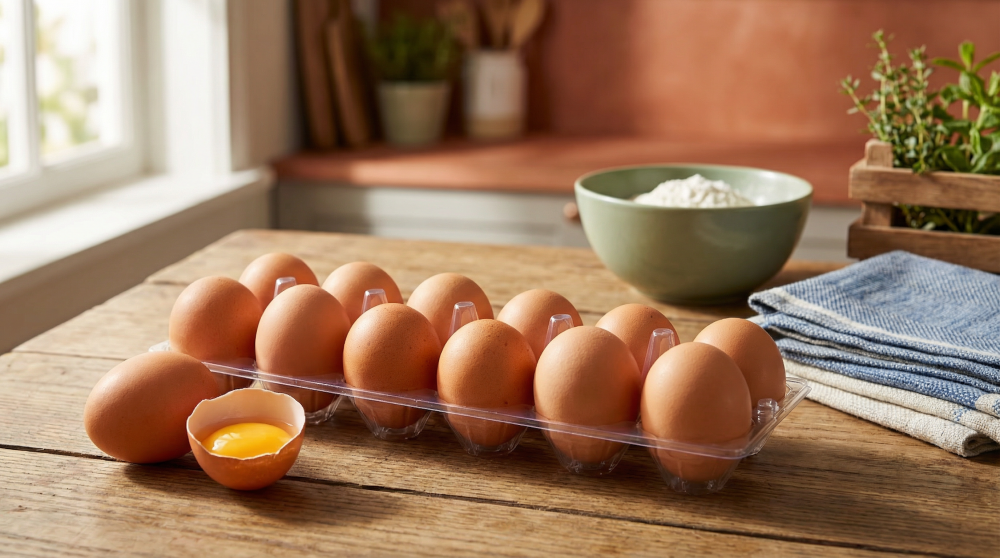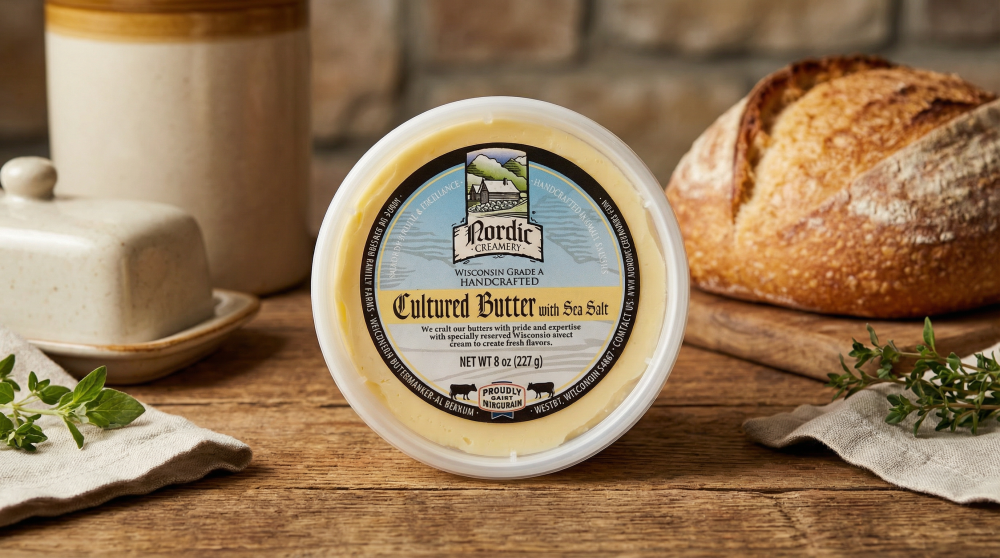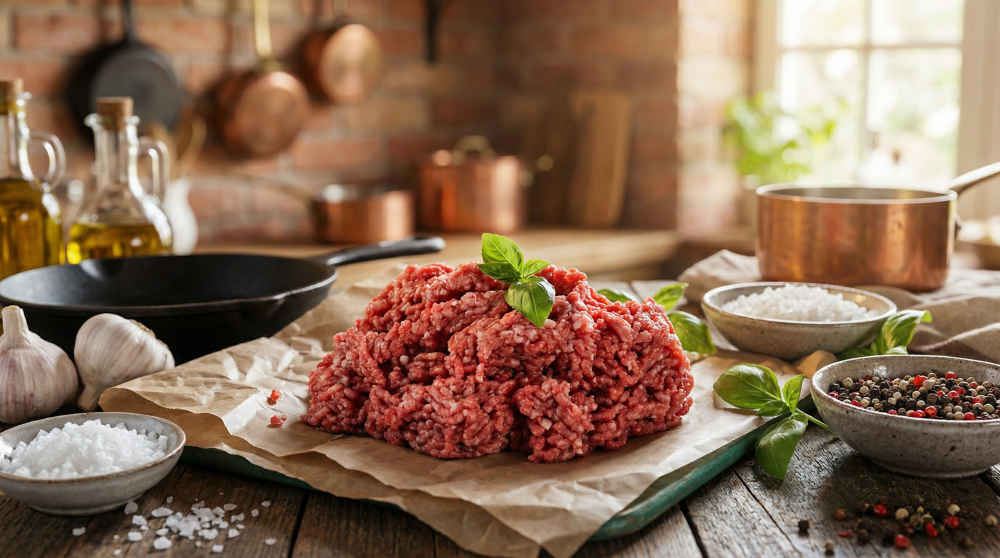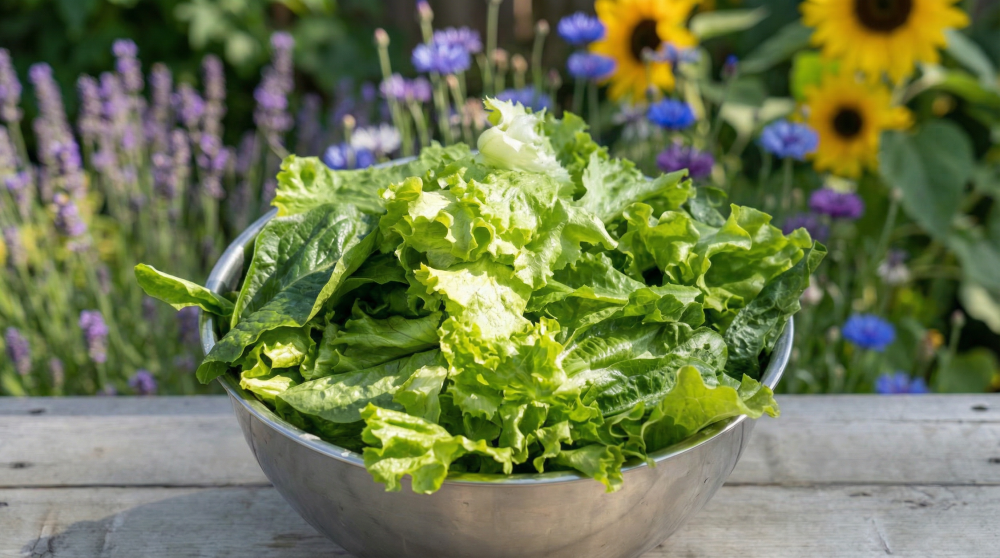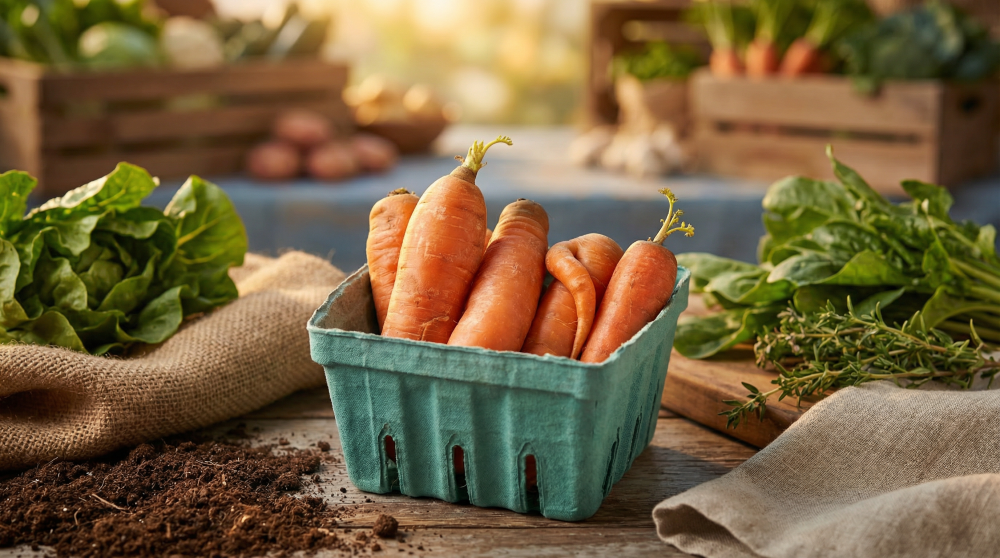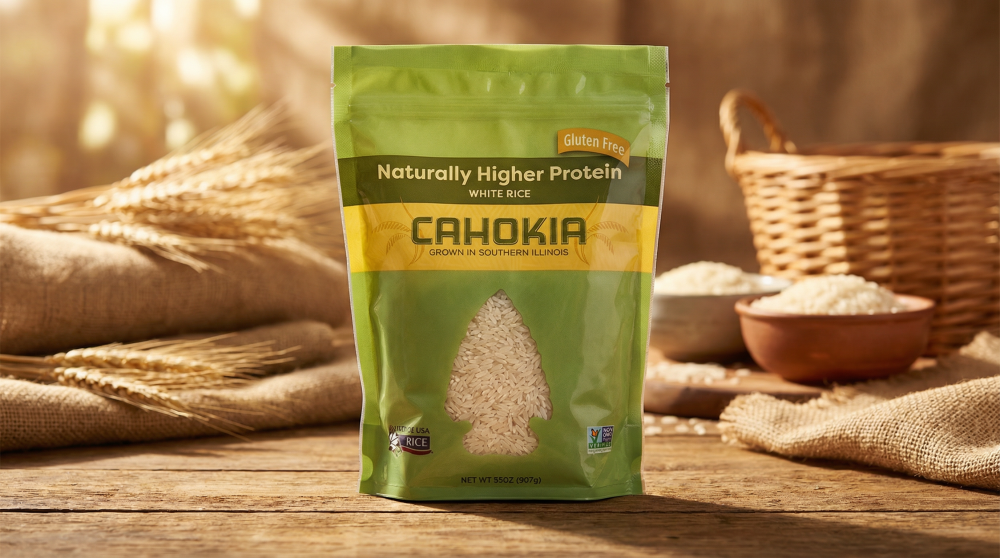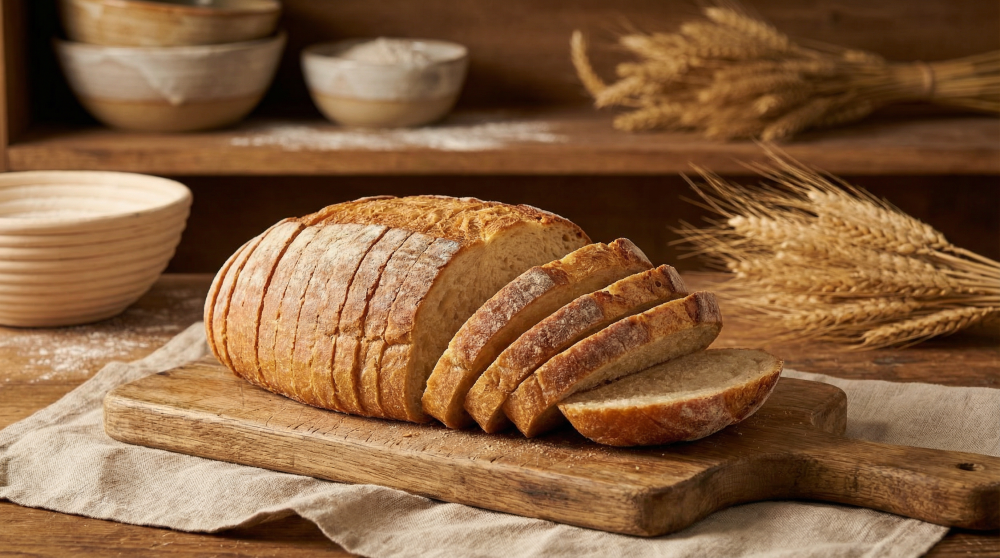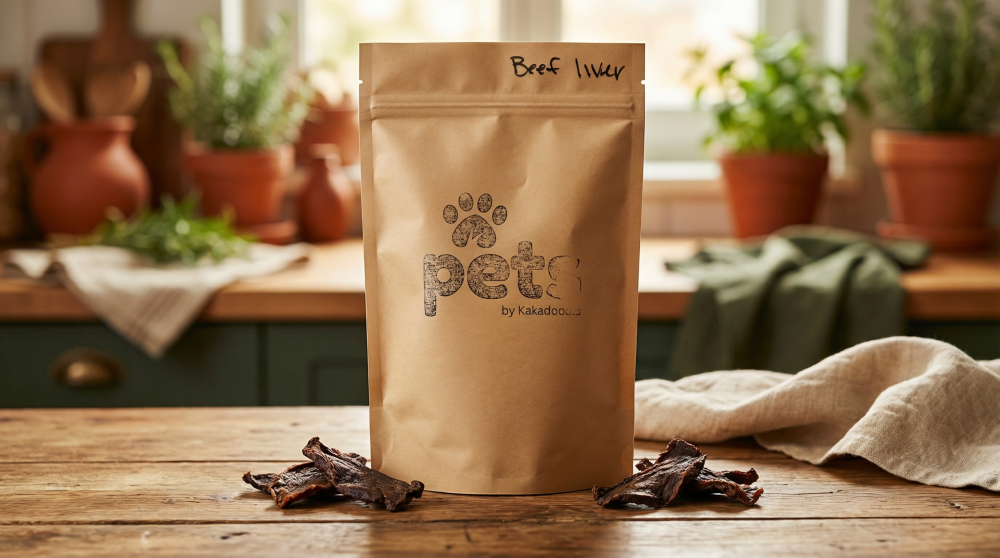article Cracking the Mystery of Orange Yolks
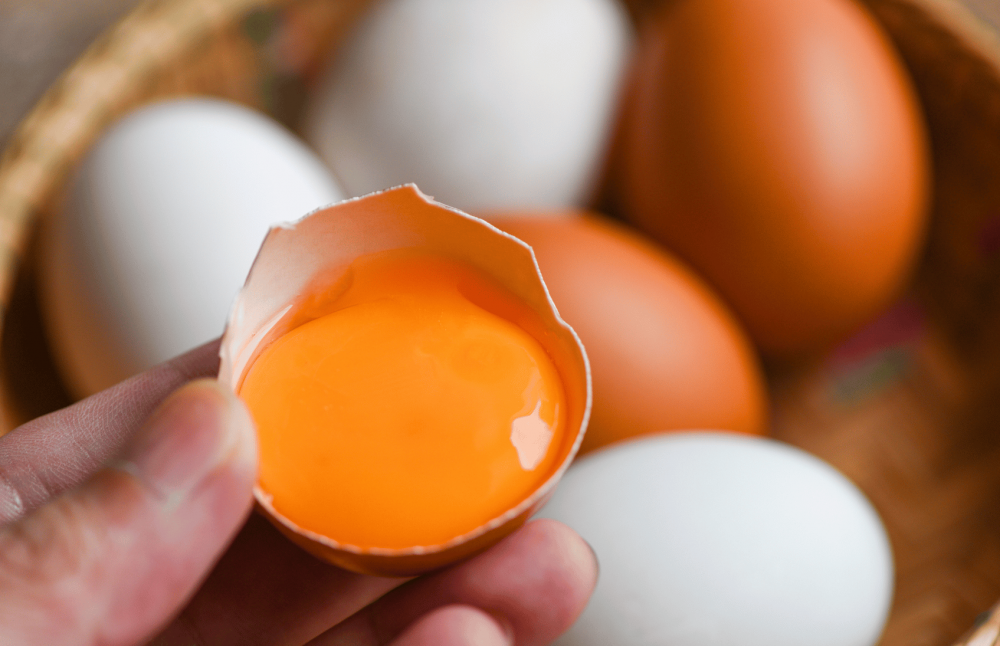
Many years ago, before kids and before Kakadoodle, MariKate and I took a trip through Spain. Oddly enough, one of the moments that stuck with me most wasn’t a famous landmark, but a visit the the market. There, eggs were stacked on shelves unrefrigerated. We didn’t know it then, but in Europe eggs aren’t washed, so they keep their natural “bloom” and don’t need chilling like in the U.S. Skeptical but curious, we grabbed half a dozen for breakfast.
The next morning, we cracked them open to find yolks that were the darkest orange I had ever seen—almost red. It was shocking. Was it because they hadn’t been refrigerated? Were they safe? Were they better? We ate them, but I’ll admit, I felt a little freak out.
This is a picture from that trip to Spain. Who would have known we'd be egg farmers a decade later! 🤯
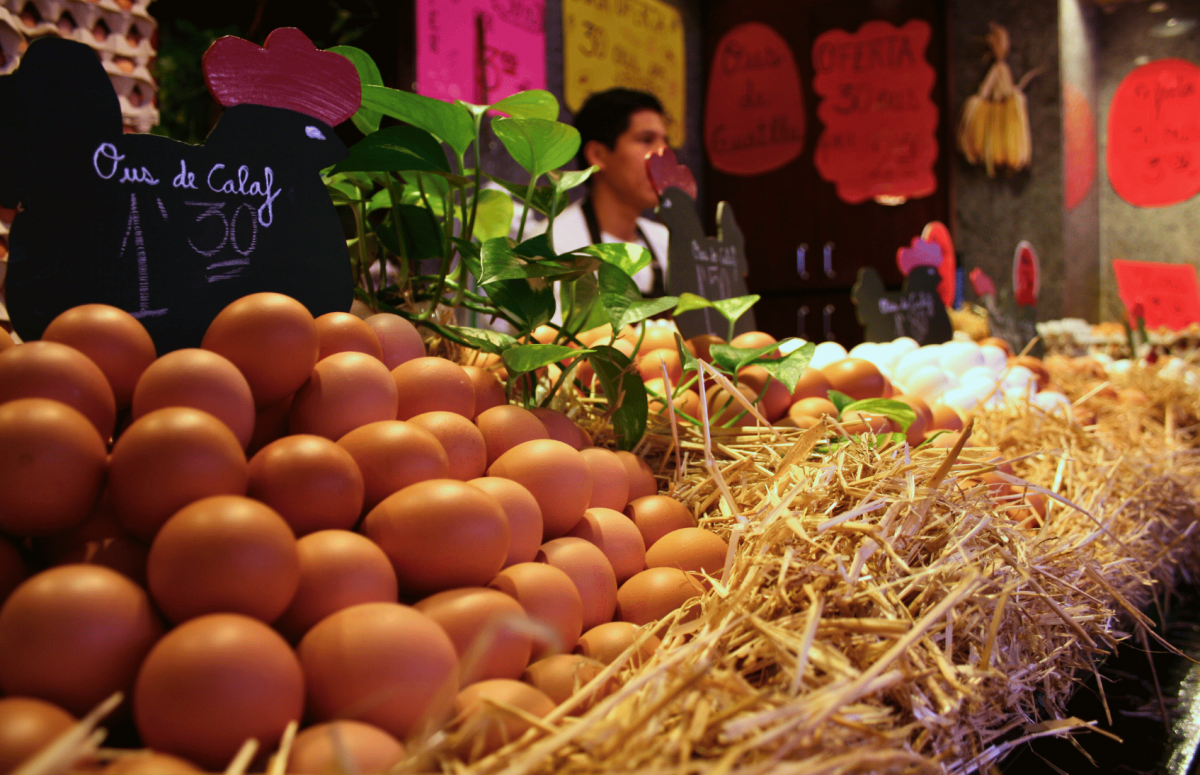
What Local Farmers Say About Yolk Color
As we’ve built Kakadoodle, we’ve learned a lot from farmer friends who have been at this longer than us.
At Seven Sons Farm, Bruce and his family not only pasture-raise their hens but also put their eggs under the microscope — literally. This year, they partnered with Utah State University’s Food Metabolomics Lab to see exactly what nutrients their eggs contained. The results were eye-opening:
- 3× more biotin and 12× more vitamin B6 than pasture-raised benchmarks.
- Nearly 2× the β-carotene, plus 78% more lutein and 70% more zeaxanthin.
- Massive boosts in β-cryptoxanthin (+392%) and α-cryptoxanthin (+621%) compared to conventional eggs.
- And surprisingly, 30% less fat — leaner while still nourishing.
These carotenoids (like lutein and zeaxanthin) are what make yolks orange. They also support eye health and act as antioxidants, so there’s a nutritional story behind the color. But Bruce’s point was bigger: color is only part of the story — what matters most is the overall nutrient profile and the hen’s lifestyle.
Our friend Joe from Wanda Farms adds a caution. He once believed that darker yolks automatically meant healthier eggs... until he realized how easy it is to manipulate yolk color. Many farmers (even some big confinement operations) add marigold petals, paprika, or even synthetic dyes to hen feed. Those ingredients crank up yolk color without necessarily improving the bird’s health or the egg’s nutrition. As Joe says:
“You could have a hen in a cage her whole life, eating dye-laced feed, and she’ll still lay a beautiful orange yolk. That doesn’t make it a pasture-raised egg.”
Joe’s advice: don’t judge an egg by its yolk alone. Instead, ask: What did the hen eat? And how did she live?
A History of Yolk Color
The obsession with yolk color isn’t new. In fact, a 1915 scientific paper noted that “the consumer demands highly colored yolks in ‘fancy’ eggs throughout the year” — and that pale winter yolks were a constant source of complaints in city markets. Researchers at the time traced the color to carotenoids in feed.
Cultural preferences vary, too. Northern Europe has long been content with paler yolks, while Southern Europe (Italy, Spain) insists on deep orange or even red yolks. I guess that explains the red yolk from the grocery store! Italians even call their prized yolks rosso d’uovo — literally “red egg.”
Fast forward to today, and bright yolks have become a modern foodie status symbol. Thanks to Instagram and the farm-to-table movement, the “jammy, orange yolk” has become shorthand for authenticity, health, and flavor.
The Rise of Consumer Demand
Color psychology plays a role here. Warm tones like orange and red trigger appetite, signal richness, and imply health. Food marketers know this, and the egg industry has leaned hard into it. Today, cracking open a pale yolk often disappoints consumers, while a glowing orange yolk is seen as proof of quality — whether or not it actually is.
How Farmers Meet the Demand
To keep yolks consistently golden-orange, many farmers add natural pigments to feed:
- Marigold petals (lutein, zeaxanthin)
- Paprika or red pepper (capsanthin, zeaxanthin)
- Alfalfa meal (xanthophylls)
- Corn (lutein, though less concentrated)
- Annatto or algae extracts (various carotenoids)
These are safe and natural, but they’re primarily cosmetic. Even pasture-based farms often use them in winter when forage is scarce — not to boost nutrients, but to prevent customers from worrying when yolks lighten up.
The egg industry even has a standardized tool — the DSM Yolk Color Fan — with 15 swatches from pale yellow to deep orange, so producers can target exactly the shade consumers prefer.

Is a Darker Yolk Actually Healthier?
Here’s the nuance:
- Yes, sometimes. Pasture-raised hens usually lay darker yolks that are higher in vitamins A, D, E, and omega-3s. That’s because diverse forage (grass, weeds, bugs) delivers more nutrients and more carotenoids.
- But not always. A confinement hen can produce a neon-orange yolk if her feed is fortified with pigments. That yolk may look virtuous but contain no extra omega-3s, vitamin D, or other benefits.
In other words, yolk color correlates with nutrition only when the color comes from real forage and diverse diets. Color alone isn’t proof.
The Downsides of Supplemented Color
Using marigold or paprika isn’t harmful. In fact, those pigments can add lutein and zeaxanthin, which are good for eye health. But there are real downsides:
- Misleading signals: Color can trick consumers into believing an egg was pasture-raised when it wasn’t.
- Masking poor management: A beautiful yolk can hide cramped or unhealthy living conditions.
- Loss of authenticity: True pasture-raised eggs vary seasonally. Supplements erase that story of nature.
- Added cost: Supplements raise feed costs without changing the fundamentals of hen welfare.
- Synthetic risks: While rare today, synthetic carotenoids like canthaxanthin have been controversial and blur the “natural” label.
Kakadoodle’s Stance
Here’s where we land:
- Transparency over cosmetics. We don’t believe in masking reality with pigment powders.
- Celebrate seasonality. If our yolks are a bit lighter in February than in July, that’s proof our hens are eating what the pasture provides, not a marketing trick.
- Focus on nutrients, not looks. What matters most is the omega-3s, vitamins, antioxidants, and clean protein in the egg — not just the shade of the yolk.
- Teach through trust. When customers crack one of our eggs, we want them to know they’re seeing the season, the soil, and the forage reflected honestly.
At Kakadoodle, we’ll always choose honest eggs over Instagram eggs. Bright orange yolks are beautiful, but the real beauty is in how the hens live and what that means for your health.
In short: Don’t judge an egg by its yolk alone. Judge it by the life of the hen behind it.
